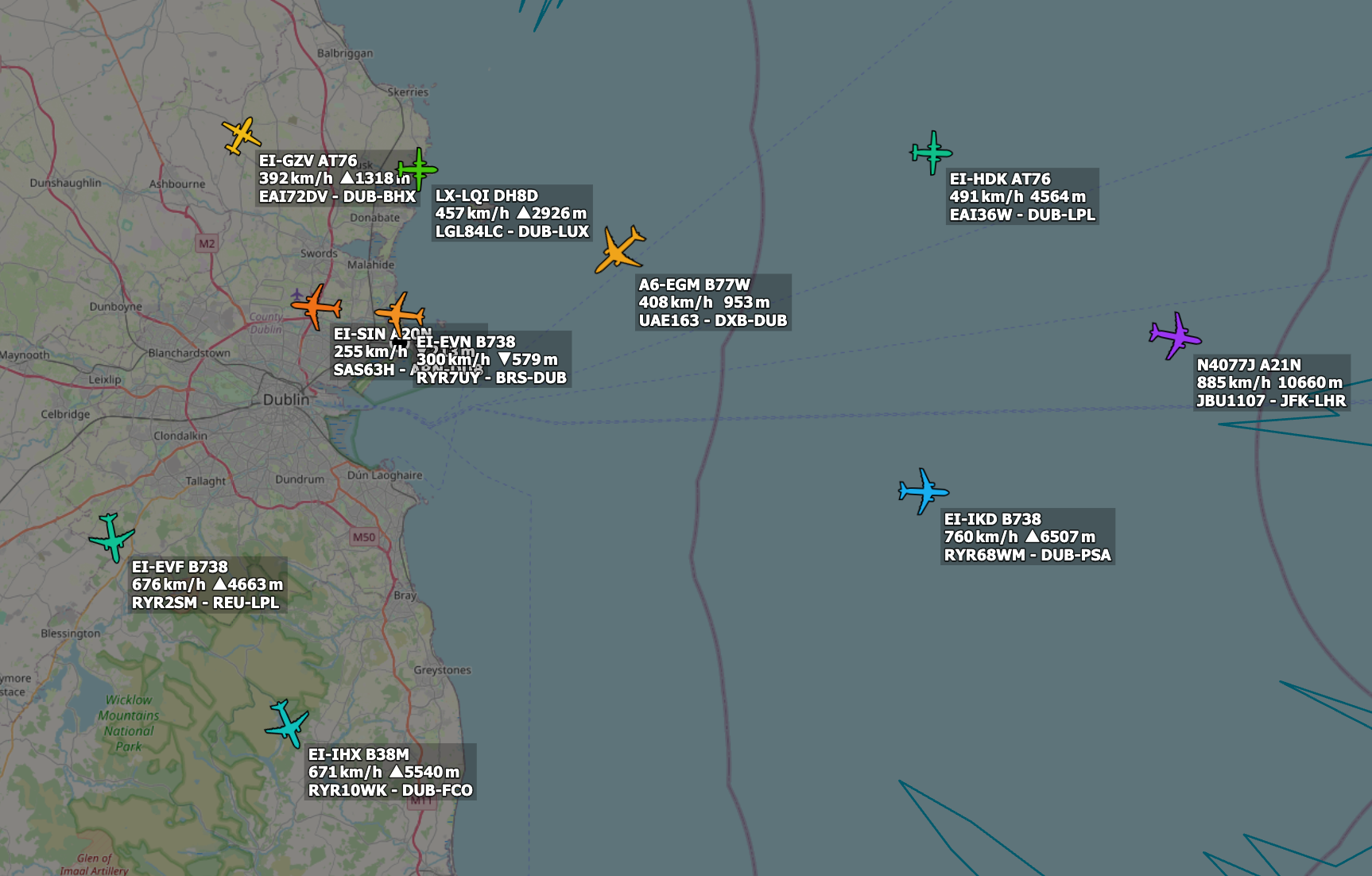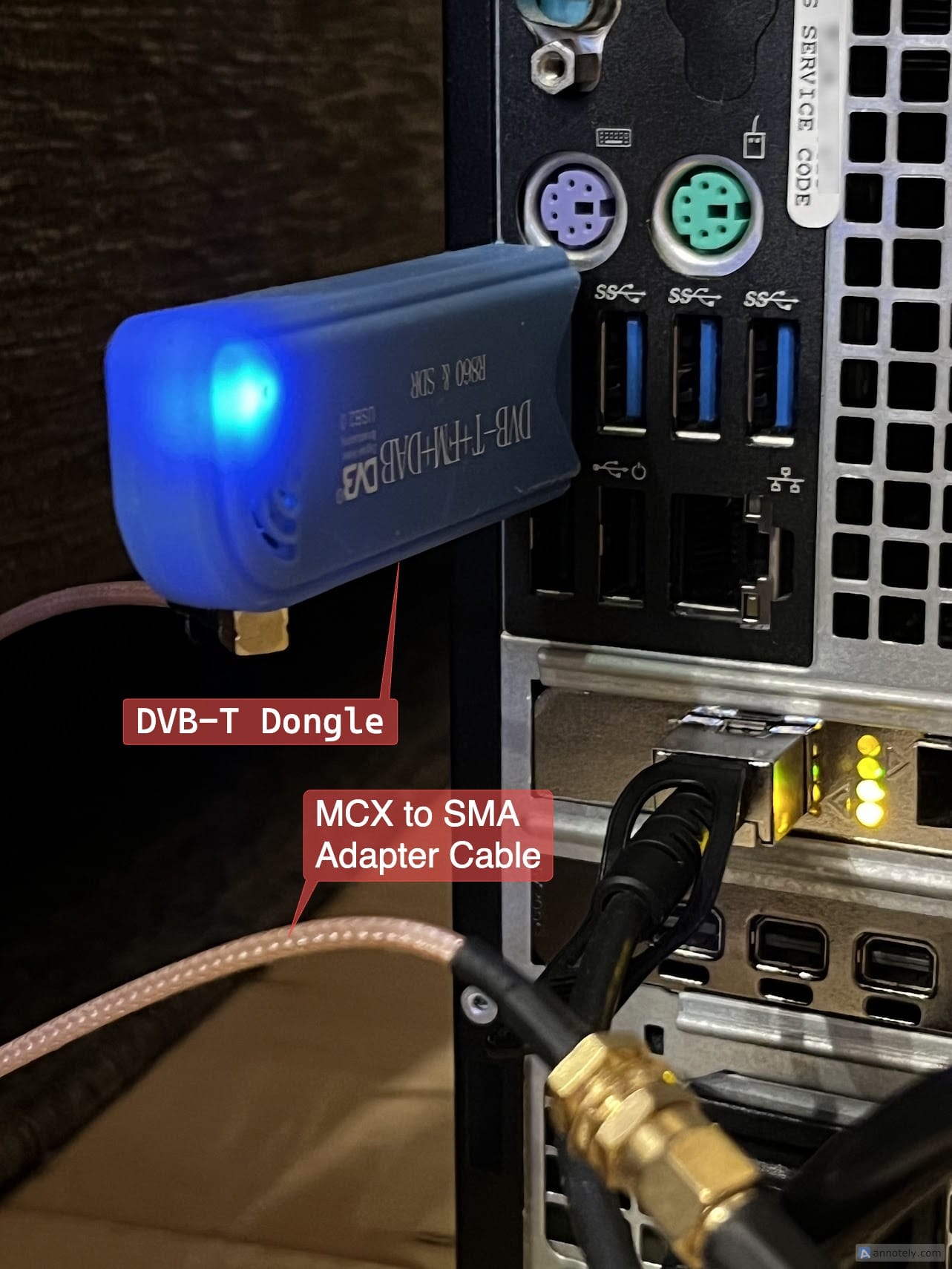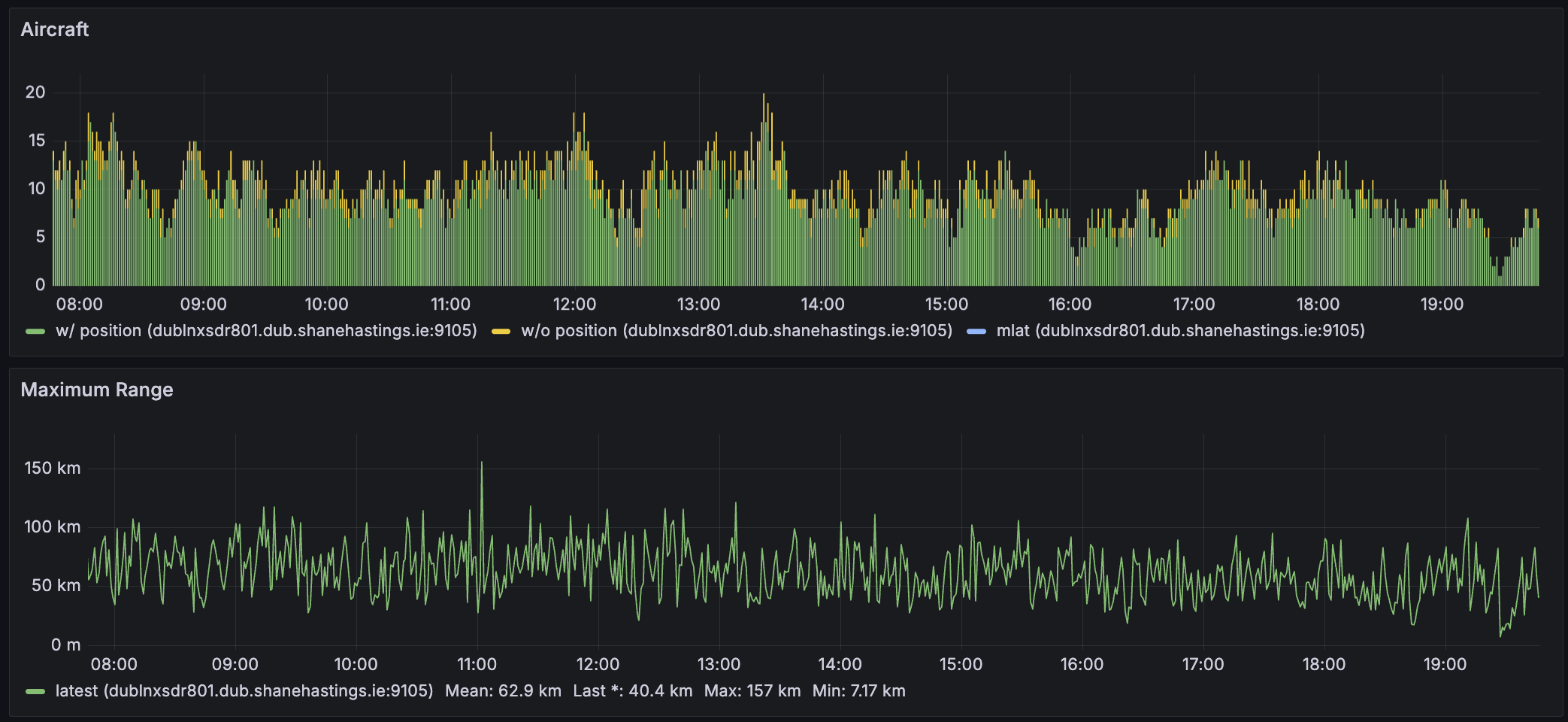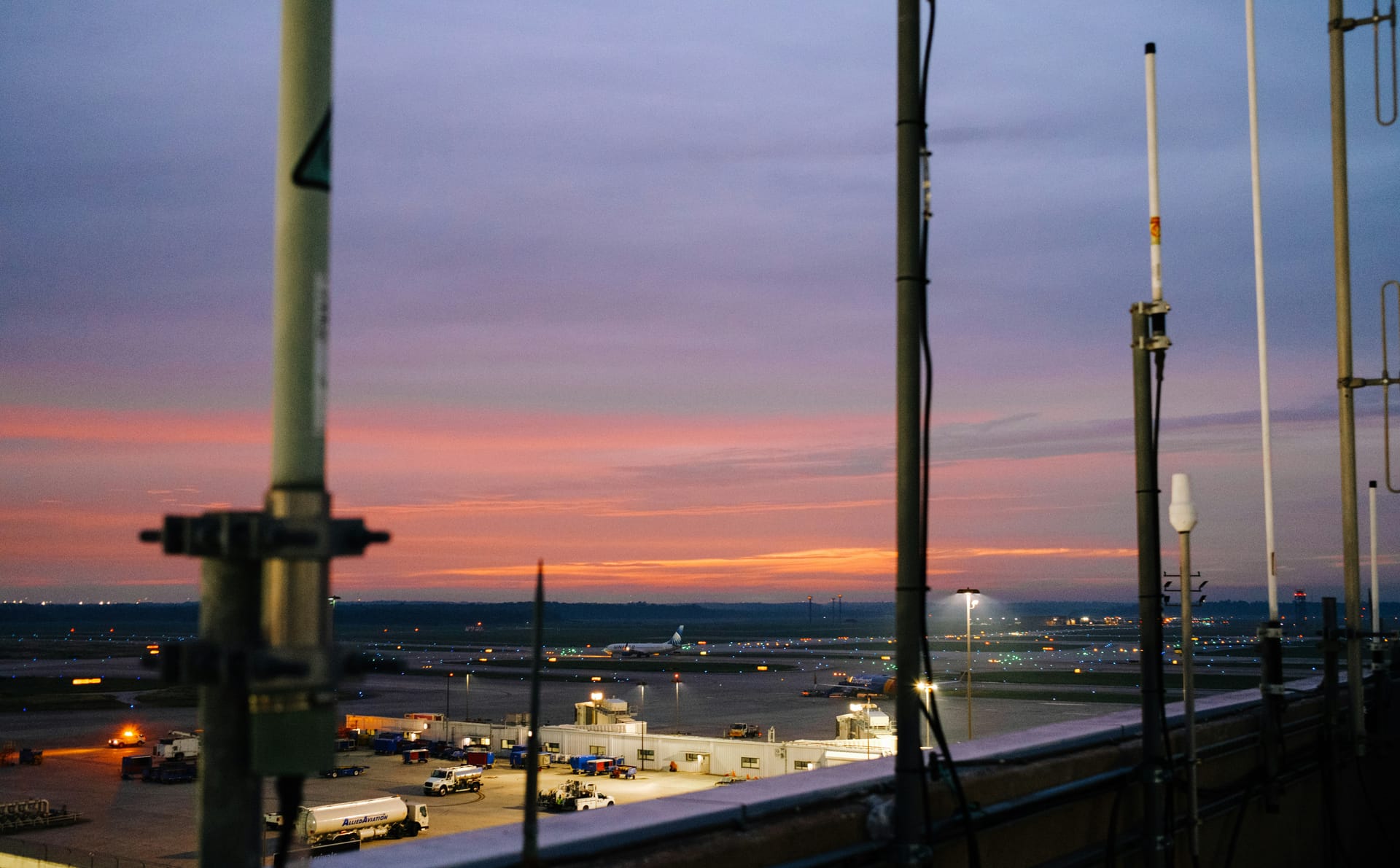Note: This is not intended to be a guide.
The first time I discovered USB DVB-T dongles was when I realised that the concept of receiving live, terrestrial TV on your home PC was something you could do. This was back in the days of Windows Vista when I was playing around with Windows Media Center. As far as I can tell, this was never a use case that was particularly widespread with the average consumer, and nowadays with streaming is effectively dead.
RTL-SDR
Those dongles however, can be used for much more exciting use cases. At least to me. A massive community of enthusiasts has sprung up around these so-called "RTL-SDR" devices.
- RTL originating from the name of the original Realtek chipset used in many of these dongles, RTL2382.
- SDR being short for Software Defined Radio.
Depending on the model you have, the frequency on which they can receive ranges anywhere from 24MHz to 1750 MHz, effectively turning these devices into very affordable wide-band radio scanners. Supported DVB-T dongles themselves can be acquired for as little as €13 on the likes of AliExpress (not an affiliate link), or a little more from Amazon if you don't fancy waiting a few weeks.
Enter airplane tracking.
Most commercial aircraft these days are eqipped with ADS-B (Automatic Dependent Surveillance–Broadcast) transponders, particularly across Europe and North America where it has been mandated for some types of aircraft for several years now. ADS-B is a surveillance technology that allows an aircraft to determine its own position via satellite and then broadcast it on 1090MHz. This provides air traffic control, suitably equipped aircraft and anyone with an RTL-SDR device with real-time, accurate information about the aircraft's identity, position, altitude, and velocity. This technology is the basis of how popular websites like Flightradar24, Flightaware and other similar alternatives function.

There are many tools and different flavours of software available to allow you to receive, decode and even retransmit this data using a cheap RTL-SDR device at home. Some of the popular airplane tracking services will even send you the equipment for free if you live in an area where they need more coverage. At a minimum you will need:
- An RTL-SDR device (typically a DVB-T USB dongle)
- Antenna (the provided antenna with most dongles works just fine to start with)
- Something to plug your dongle into, such as a Raspberry Pi or your own computer.
With all of the above, and assuming that you live in an area with a reasonable amount of flyover traffic or have a well positioned antenna - you should be able to receive and decode ADS-B messages at home.
Feeding ADS-B data to flight tracking websites
One upside to doing this at all is that you can then feed that data back to aggregator services like Flightradar24 to improve coverage for your area. As a thank you, most of these services tend to reward "feeders" with benefits like ad-free browsing, paid subscriptions for free and more (provider dependent of course). I've detailed the current offering available to feeders of the major flight tracking services below (data accurate as of 2025-07-15).
| Service | Benefits | Link |
|---|---|---|
| Flightradar24 | Business Plan ($499/year) | https://www.flightradar24.com/share-your-data |
| Flightaware | Enterprise Plan ($99/month) | https://www.flightaware.com/adsb/faq/#benefits_me |
| Plane Finder | Premium Plan (€22.99/year) | https://planefinder.net/coverage |
| ADSB Exchange | Ad-free experience (€26.95/year) | https://www.adsbexchange.com/share-your-data/ |
Given the large community around ADS-B tracking, there are also several non-profit, community run aggregators around. I would highly recommend feeding data to these services which will help improve crowdsourced ADS-B coverage. Some of these websites even offer additional benefits for feeding such as enhanced API access and access to an aggregated global feed of ADS-B data, both of which are typically not offered by the commercial providers at a price friendly to the average Joe.
| Service | Benefits (on top of supporting the community effort) | Link |
|---|---|---|
| adsb.lol | "re-api" HTTP API, Global aggregated feed (BEAST, MLAT/SBS formats) | https://www.adsb.lol/docs/overview/introduction/ |
| adsb.fi | Higher rate limit on open data API | https://adsb.fi/ |
My setup
In my case, I am using a DVB-T tuner from AliExpress plugged into an old Dell Precision Tower 3420 running Proxmox. This USB device is passed through to a VM with a basic install of Ubuntu 22.04 LTS, used solely for SDR applications.
root@dublnxsdr801:~# lsusb | grep RTL
Bus 002 Device 002: ID 0bda:2838 Realtek Semiconductor Corp. RTL2838 DVB-T

On the software side I am using a suite of Docker containers provided by SDR-Enthuiasts. They have a a wiki which is very helpful if you're just getting started. I previously ran software on bare metal and found it a pain to correctly reconfigure the system after messing about with different tools, so opted for the containerised approach on my current install. This also allows me to try out new feeds without too much hassle, and generally requires no modification to the VM itself.

Equipment List
- DVB-T USB Dongle, AliExpress - €13
- MCA to SMA Adapter Cable, The Pi Hut - £4.30 (€4.95)
- 60cm 1090MHz Antenna for ADS-B, The Pi Hut - £24.90 (€28.66)
- SMA Male to N-Type Male Antenna Cable, The Pi Hut - £11 (€12.66)

